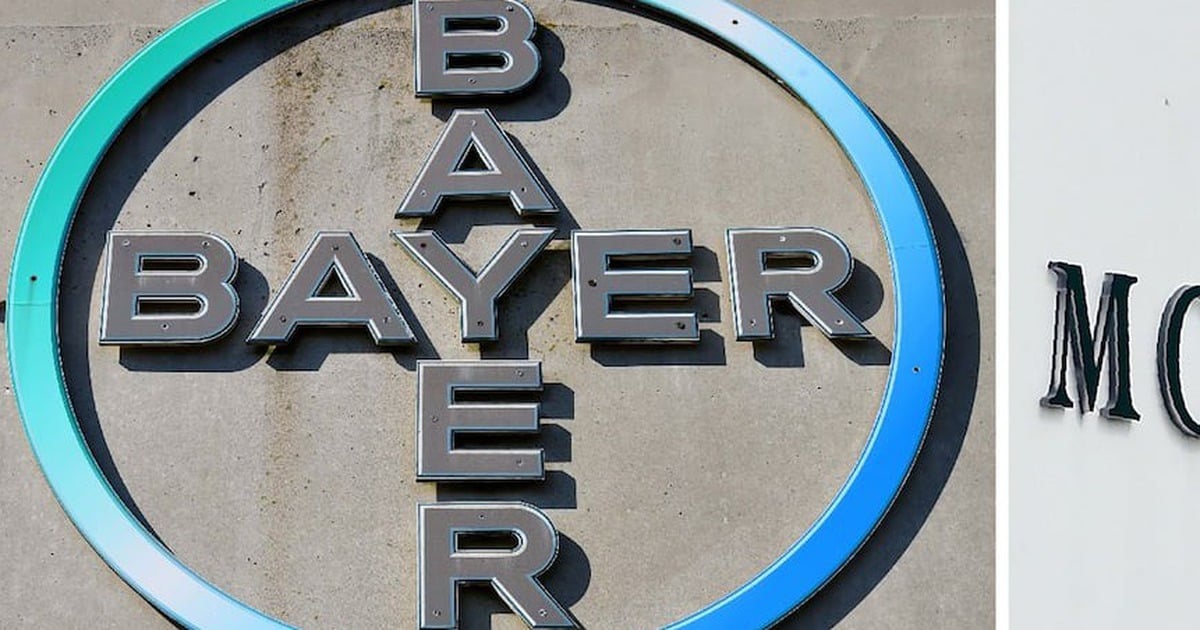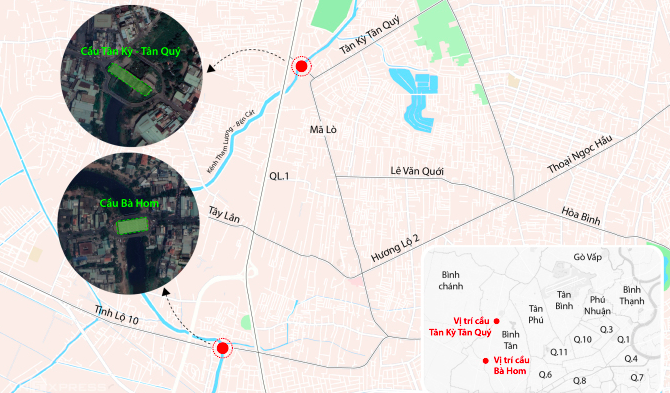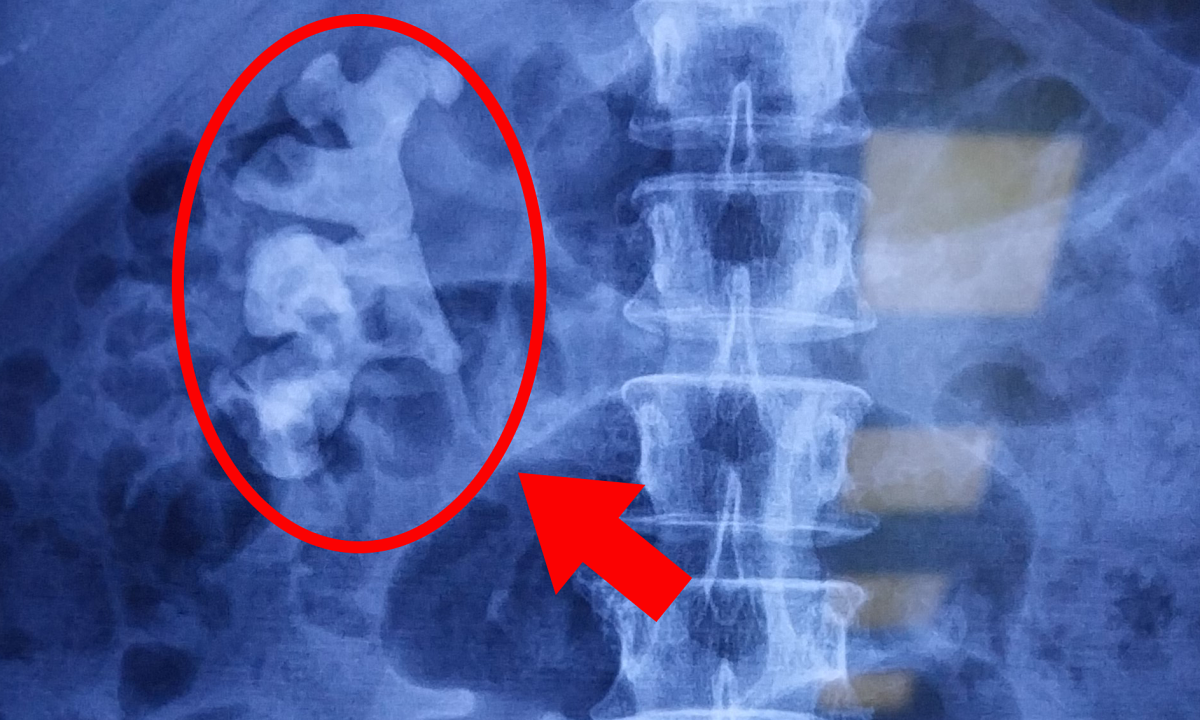Early symptoms of nasal cancer are often runny nose, stuffy nose, sinus congestion, easily confused with flu or cold.
According to the American Cancer Society, nasal cancer (including cancer of the nasal cavity and paranasal sinuses) is rare and belongs to the head and neck cancer category. Head and neck cancer accounts for about 4% of all cancers, with nasal cancer accounting for a small percentage. Nasal cancer is more common in older men, with 80% of cases occurring in people 55 years of age and older.
Nasal cancer is divided into 5 stages from 0 to 4. Stage 0 is carcinoma in situ and exists only in the place where it started. If detected early, this stage of cancer can be cured.
In stage one, cancer cells have spread throughout the lining or outer layer of the nasal cavity but have not invaded the bones or affected the lymph nodes. In stage two, cancer cells have invaded the bones but have not spread to the lymph nodes or other parts of the body.
In stage three, the tumor grows to the bones and other structures more widely, attacking the lymph nodes. Stage four is metastatic cancer, spreading to organs in the body.
Many of the early signs of nasal cancer are very similar to the symptoms of a common cold or flu, especially in the early stages. Signs include a runny nose, nasal congestion, nasal obstruction, and full or blocked sinuses.
Because these symptoms are easily confused, many people with nasal cancer are diagnosed at an advanced stage. By then, the cancer has spread to nearby structures such as the eyes, often with symptoms such as nosebleeds or toothaches.
For example, a 2021 study of 184 nasal cavity cancer patients from the Shaukat Khanum Memorial Cancer Research Center in Pakistan found that more than 70% of participants were initially diagnosed with stage four disease.
People with symptoms such as runny nose, stuffy nose, sinus congestion that persist and do not improve with conventional treatment should see a doctor to determine the cause.

Nasal cancer also has symptoms of nasal congestion and runny nose, which can be easily confused with colds and flu. Illustration: Freepik
Most nasal cancers are diagnosed as squamous cell carcinomas, which arise from glandular structures and systems, such as the salivary glands.
The maxillary sinus is the most common site of nasal cancer, with up to 90% of cases diagnosed as squamous cell carcinoma. Less common are the nasal cavity, vestibule at the entrance to the nose, or ethmoid sinuses. The disease rarely occurs in the frontal or sphenoid sinuses.
Many other cancers can affect the sinuses and nasal cavity, such as skin cancer, lymphoma, and sarcoma (a malignant tumor that affects bones and muscles). Neuroblastoma also forms in the tissues in the upper part of the nasal cavity and is common in children.
Nasal cancer can be caused by genetic changes, gene mutations. Exposure to environmental factors also increases the risk of developing the disease. In some cases, this exposure is related to inhalation of dust from nickel, chromium, leather, textiles, wood; exposure to radiation such as radium in paint or exposure to glues, mineral oil, formaldehyde.
Smoking and alcohol use are also risk factors for cancer of the nasal cavity and paranasal sinuses. Human papillomavirus (HPV) and Epstein-Barr virus may also be causes.
Nasal endoscopy, X-ray, computed tomography (CT), magnetic resonance imaging (MRI), PET, and tissue biopsy are used to diagnose nasal cancer.
Treatment for nasal cancer depends on overall health, stage, and whether the tumor has spread. Stage 1 disease can be cured with surgery. When the cancer is more advanced, treatment options often include chemotherapy, radiation, surgery, and targeted therapy. For patients with severe disease, treatment is usually palliative care to relieve symptoms and prolong life.
Mai Cat (According to Very Well Health )
| Readers ask questions about ear, nose and throat diseases here for doctors to answer |
Source link



![[Photo] Tourists line up to receive special information publications from Nhan Dan Newspaper](https://vstatic.vietnam.vn/vietnam/resource/IMAGE/2025/4/24/3ac2c0b871244512821f155998ffdd60)
![[Photo] General Secretary To Lam receives Philippine Ambassador Meynardo Los Banos Montealegre](https://vstatic.vietnam.vn/vietnam/resource/IMAGE/2025/4/24/6b6762efa7ce44f0b61126a695adf05d)
![[Photo] Prime Minister Pham Minh Chinh works with the Academy of Posts and Telecommunications Technology](https://vstatic.vietnam.vn/vietnam/resource/IMAGE/2025/4/24/83f86984b516422fb64bb4640c4f85eb)

![[Photo] President Luong Cuong holds talks with Lao General Secretary and President Thongloun Sisoulith](https://vstatic.vietnam.vn/vietnam/resource/IMAGE/2025/4/24/98d46f3dbee14bb6bd15dbe2ad5a7338)





























































































Comment (0)